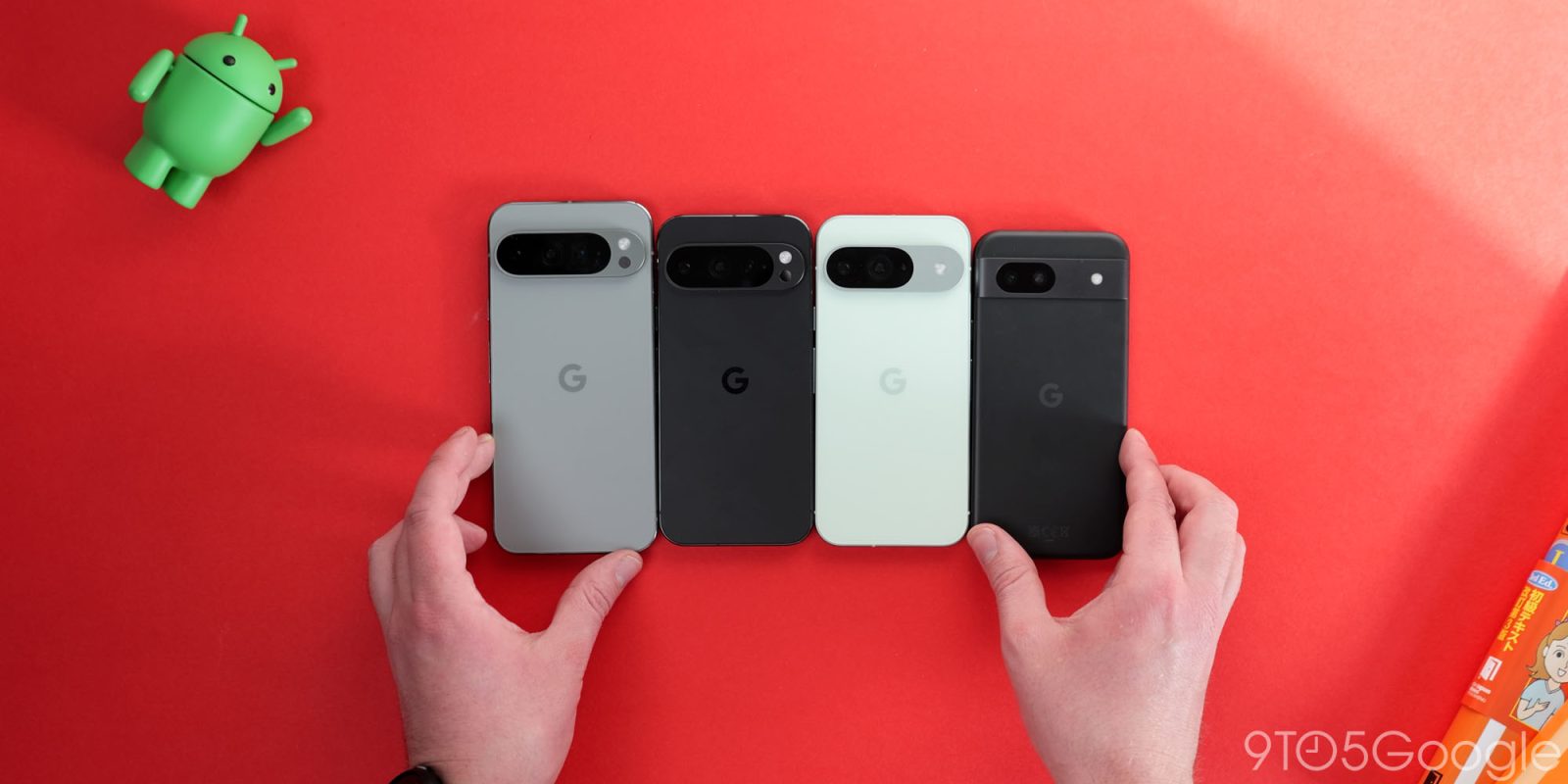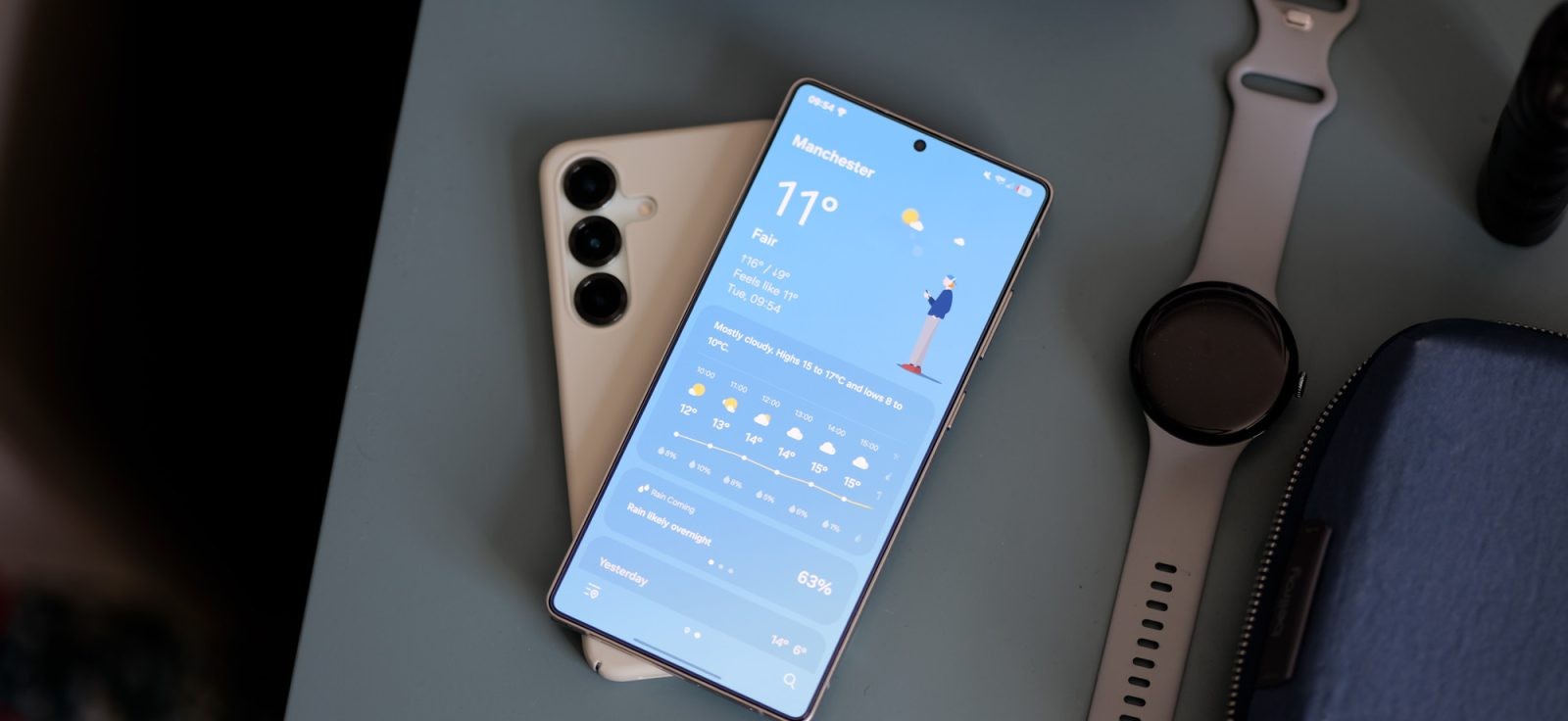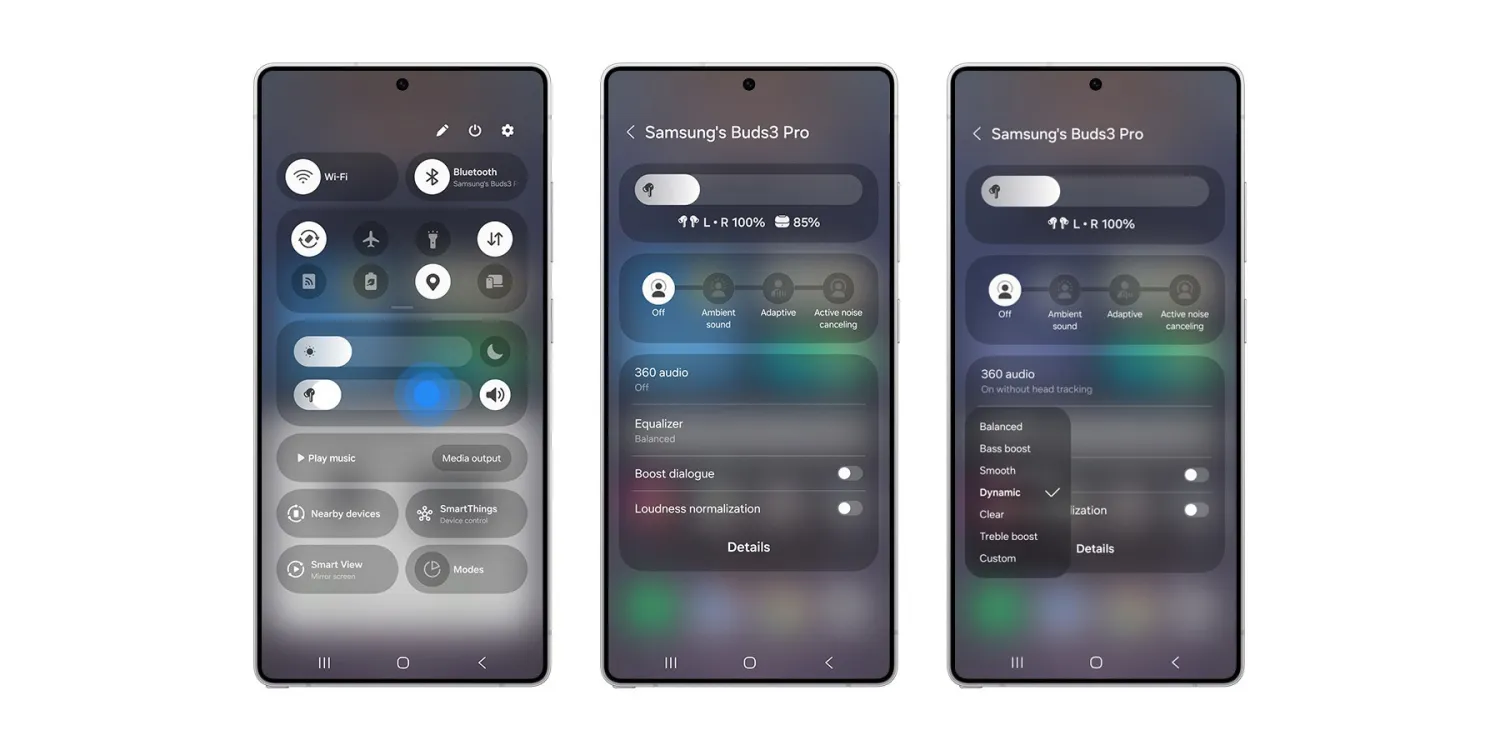The smart home landscape is undergoing a significant transformation as Google shifts its focus from the Nest brand to a more integrated Google Home ecosystem. This strategic move marks the end of the traditional Nest era and the beginning of a new phase characterized by enhanced connectivity, advanced artificial intelligence, and a unified user experience.
The Transition from Nest to Google Home
The journey from Nest to Google Home began in earnest in 2021 with the introduction of a new line of Nest Cam devices. This launch signified a departure from the standalone Nest app, encouraging users to adopt the Google Home app as the central hub for managing their smart home devices. Over time, Google has refined the Home app, incorporating powerful automation features, customization options, and the promise of AI-driven enhancements, thereby solidifying its position as a comprehensive platform for smart home management.
Discontinuation of Legacy Nest Products
In a move that underscores this transition, Google recently announced the discontinuation of two longstanding Nest products: the Nest Protect smoke and carbon monoxide detector, and the Nest x Yale Lock smart lock. These devices, which had not seen significant updates in several years, are being phased out to make way for new offerings that align more closely with the Google Home ecosystem. Notably, Google has learned from past experiences, such as the discontinuation of Nest Secure, and has proactively introduced successors to these products to ensure a seamless transition for users.
Introducing New Smart Home Devices
To replace the Nest Protect, Google has partnered with First Alert to develop a new smoke and carbon monoxide detector designed with Google Home integration in mind. This collaboration aims to provide users with a more connected and intelligent safety device that leverages the capabilities of the Google Home platform.
Similarly, the Nest x Yale Lock is being succeeded by a new Yale lock that complements the design of the Nest Doorbell and operates over the Matter protocol. This advancement ensures broader compatibility and a more cohesive user experience within the Google Home ecosystem.
The Future of Google Home
Google’s commitment to the smart home market is evident in its ongoing development of new devices and features. The company has announced plans to release more Nest smart home devices in the coming months and years, despite the discontinuation of older products. This includes potential updates to existing product lines such as security cameras, video doorbells, smart speakers, and smart displays.
A significant aspect of this evolution is the integration of Google’s next-generation AI, Gemini, into the Google Home ecosystem. Gemini is set to bring a host of innovative features designed to enhance user experience and connectivity.
AI-Powered Enhancements with Gemini
One of the standout features introduced with Gemini is AI Camera Search. This functionality enables Nest cameras to move beyond basic motion detection by understanding and describing events. For instance, cameras can now recognize specific activities, such as a dog napping or digging in the yard, and provide detailed descriptions in the Google Home app. Users can also search their camera history using natural language queries like, Did the kids play in the backyard this afternoon? or Was a delivery truck here today? This feature is initially available to select Nest Aware Plus users in the U.S. who opt into the Public Preview.
Another notable addition is the Help me create feature, which simplifies the process of automating smart home devices. Users can describe desired automations in natural language, and Gemini will generate the corresponding routines. For example, typing Open the blinds at sunrise will prompt Gemini to create the appropriate automation. This feature is also rolling out to a limited group of Nest Aware Plus subscribers in the U.S. as part of the Public Preview.
Enhanced User Interfaces and Accessibility
To further enhance user interaction, Google has introduced several updates to the Google Home app and related devices:
– Google Home Extension for Gemini App: This extension allows users to control smart home devices directly from the Gemini app on their Android phones, providing a seamless and integrated experience.
– Nest Cam and Doorbell Feed on Pixel Watch: Users can now view live feeds from Nest cameras and doorbells on their Pixel Watch, enabling them to see who’s at the door or monitor their home directly from their wrist.
– Nest Doorbell Notifications on Pixel Tablet: When someone rings the Nest Doorbell, the Pixel Tablet displays a notification with the visitor’s image, allowing users to communicate via two-way talk or send a quick response.
– Home Panel on Google TV: The home panel feature on Google TV enables users to control smart home devices without interrupting their viewing experience. Users can adjust lights, thermostats, and more directly from their TV screen.
– Favorites Widget for Google Home App: This widget provides quick access to frequently used smart home devices from the home screen of Android phones and tablets, streamlining device control.
Commitment to User Privacy and Security
As Google integrates more advanced AI capabilities into its smart home devices, it remains committed to user privacy and data security. Features like AI Camera Search and automated routines are designed with privacy in mind, ensuring that user data is handled responsibly and securely.
Conclusion
The transition from Nest to Google Home signifies a strategic shift towards a more integrated and intelligent smart home ecosystem. By discontinuing legacy products and introducing new devices and AI-powered features, Google aims to provide users with a seamless, connected, and personalized smart home experience. As the Google Home era unfolds, users can anticipate a host of innovations that will redefine the way they interact with their living spaces.



